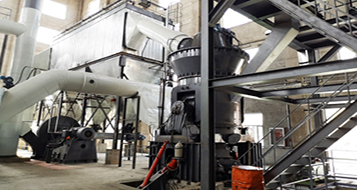Grinders, granulators, and crushers are all size-reduction machines used in various industries (e.g., recycling, pharmaceuticals, food processing, plastics), but they differ in design, application, and output size. Here’s a breakdown:
1. Grinder
– Function: Reduces materials into fine powders or small particles through cutting, crushing, or shearing.
– Mechanism: Uses rotating blades or abrasive surfaces.
– Output Size: Fine to medium particles (often <10 mm).
– Applications:
– Food processing (spices, coffee beans).
– Pharmaceuticals (powdered medications).
– Recycling (plastic scrap grinding).
– Examples: Bench grinders, angle grinders, meat grinders.
2. Granulator
– Function: Cuts or shreds materials into uniform granules/pellets.
– Mechanism: Uses rotating knives or blades to shear material against a screen.
– Output Size: Small granules (~2–10 mm).
– Applications:
– Plastic recycling (pelletizing scrap).
– Pharmaceutical tablets (granule formation).
– Fertilizer production.
– Examples: Plastic granulators, rotary knife granulators.
3. Crusher
– Function: Breaks down large chunks of material into smaller pieces via compression or impact.
– Mechanism: Jaw plates (jaw crusher), hammers (hammer mill), or rollers.
– Output Size: Coarse to medium fragments (~5–100 mm).
– Applications:
– Mining/aggregates (rock crushing).
– Recycling (concrete, glass breaking).
– Chemical processing.
– Examples: Jaw crushers, cone crushers, impact crushers.
Key Differences:
| Feature | Grinder | Granulator | Crusher |
|————–|——————|——————|——————|
| Primary Use | Fine powder | Uniform granules | Coarse fragments |
| Mechanism | Cutting/shearing | Shearing/slicing | Compression/impact |
| Output Size | Smallest | Medium | Largest |
| Example Use | Coffee beans | Plastic pellets | Rock crushing |
Choosing the Right Machine:
- Need ultra-fine powder? → Grinder
- Want uniform pellets/granules? → Granulator
- Breaking bulk solids? → Crusher
Would you like recommendations for a specific material or industry?





Leave a Reply